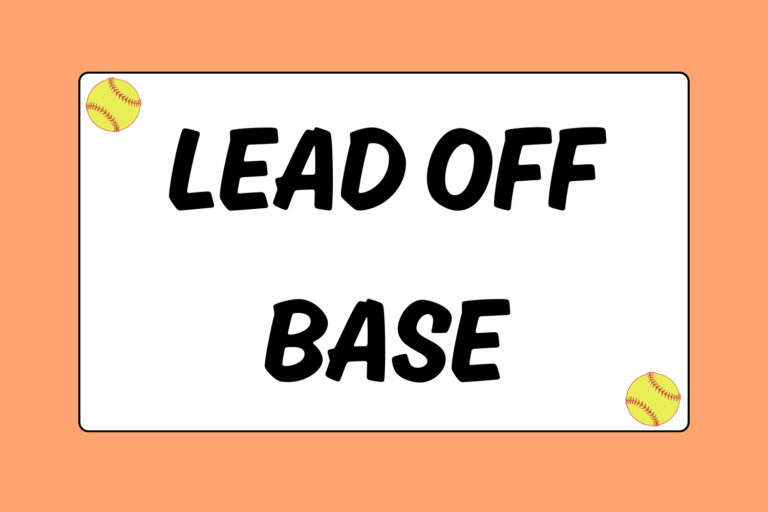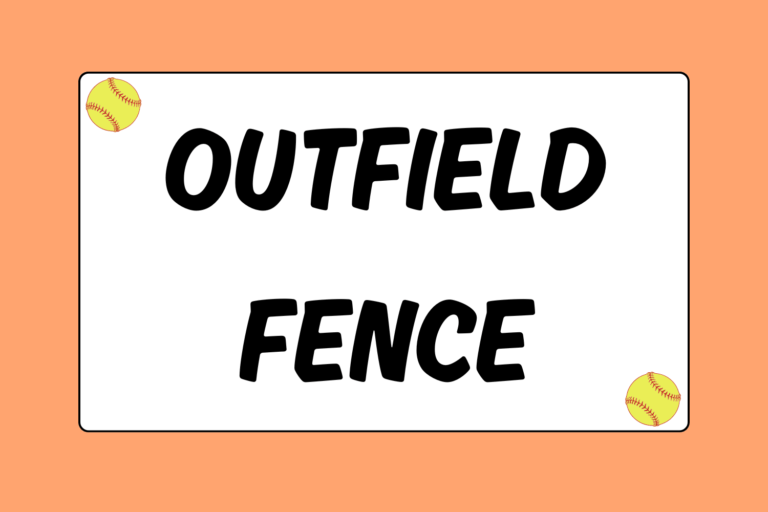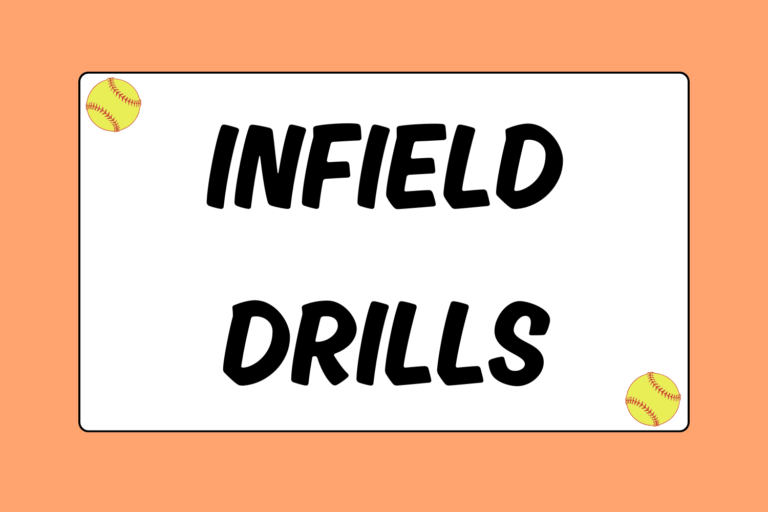If you’re coaching a youth softball team, it should come as no surprise that younger players tend to have an abundance of energy. Sure, you can use every minute of practice to drill in the fundamentals, but don’t forget to have a little fun while doing so! This softball guide introduces a few games that will fit perfectly into any practice plan.
Counting Bases
This game divides your team in half and pits each group against each other in some friendly competition. Because of the high endurance level this game requires, it’s best used at the end of practice:
- Separate the players: Split your team up into two equal groups. Place one group at first base. The first player in the group will start on first base in a lead-off position, facing away from the infield. The other group will start at home plate. The first player in that group will start in the batter’s box.
- Hit & chase: The player in the batter’s box will self-pitch herself a ball, and hit it as far as she can. Upon hearing the bat make contact with the ball, the runner (at first) will take off towards the ball (without a glove). The batter, meanwhile, will take off around the bases. The goal for the batter is to get as many bases as possible before the runner picks up the ball. The runner’s goal is to limit the number of bases the batter gets. Each bag touched before the ball is picked up is one point.
- You just need one or two rounds: The entire lineup of each group will bat before switching roles. If your team is still energetic after one or two rounds, keep them going!
Target Practice
This game tests your team’s overall throwing accuracy:
- First, set up a target at home plate — a big trash can or net will do just fine.
- Group players behind first base; have one player step up to start the game. She will field a grounder at first base, and then throw the ball at the target. Then she’ll continue to second base, shortstop, and third base. At each position, she will have to field the ball, throw it, and then sprint to the next position. Every throw that hits the target is good for one point. After she throws the ball in from third base, the next player will go.
- After the entire team has gone through the infield, move to the outfield.
- The first person will field a ball in right field (fly ball or grounder, it doesn’t matter), and then throw the ball into home (it’s ok if the ball bounces on the ground first). If her throw hits the target, it’s good for two points. She will continue to center field, and finish in left field. The player with the most points wins.
If there are ties, have a final round from center field. You can make it harder by making the target smaller, like the mouth of a bucket lying on its side.
Countdown
If your team loves the offensive side of softball, this game should be heavily favored. The rules of the game are simple:
- The coach will call one of three signs: Hit away, bunt, and squeeze.
- If the coach calls a hit away, the player must swing away.
- If the coach calls a bunt, the player will have to bunt the ball in fair territory.
- If the coach calls a squeeze, the player must bunt the ball in fair territory no matter where the pitch is thrown (ball or strike).
Each batter should only go after strikes. If the pitch is a ball and the batter takes it, she’ll get one more chance with no penalty. If the second pitch is a ball, her turn will be over and a point will be given.
Every properly executed bunt or hit is one point, and every properly executed squeeze is two points. Every missed sign — foul bunts (foul hits are okay), pop-up bunts, pop-up huts, or missed squeezes — results in a two-point reduction. The point of the game is to get to twenty points as fast as possible.
20-ball Challenge
This last game is an intense fielding challenge:
- Set up two cones about 10 yards apart.
- Select three players; place one player at each cone, and one player in between the cones. The players at the cones will act as receivers, while the player in the middle is the fielder.
- A coach will hit the fielder 20 rapid-fire grounders to the fielder. If it’s to her left, she will field it and toss the ball to the player standing at the cone to her left, and vice versa if the ball goes to her right. If it’s hit directly to her, she can make the toss to either player.
The point of the game is to get the fielder used to maintaining good fielding form even as she starts to tire. She’ll have to focus on fielding each ball correctly, and getting her body completely behind the ball each time it’s hit. Every ball she fields cleanly will be one point. The object of the game is to get all 20 points. If a player lazily uses her backhand when she could have gotten behind the ball, she will not earn the point. You can give the winners a prize, or make the losers run a lap or pick up that day’s equipment.
It’s a Team Effort
Some of these games are individually scored, and some are based on team effort. You can mix and match how you score the games, but ultimately, you want every player excited to perform at her best. With games like these thrown into practice, you’ll avoid having a complacent team and boring practices!





